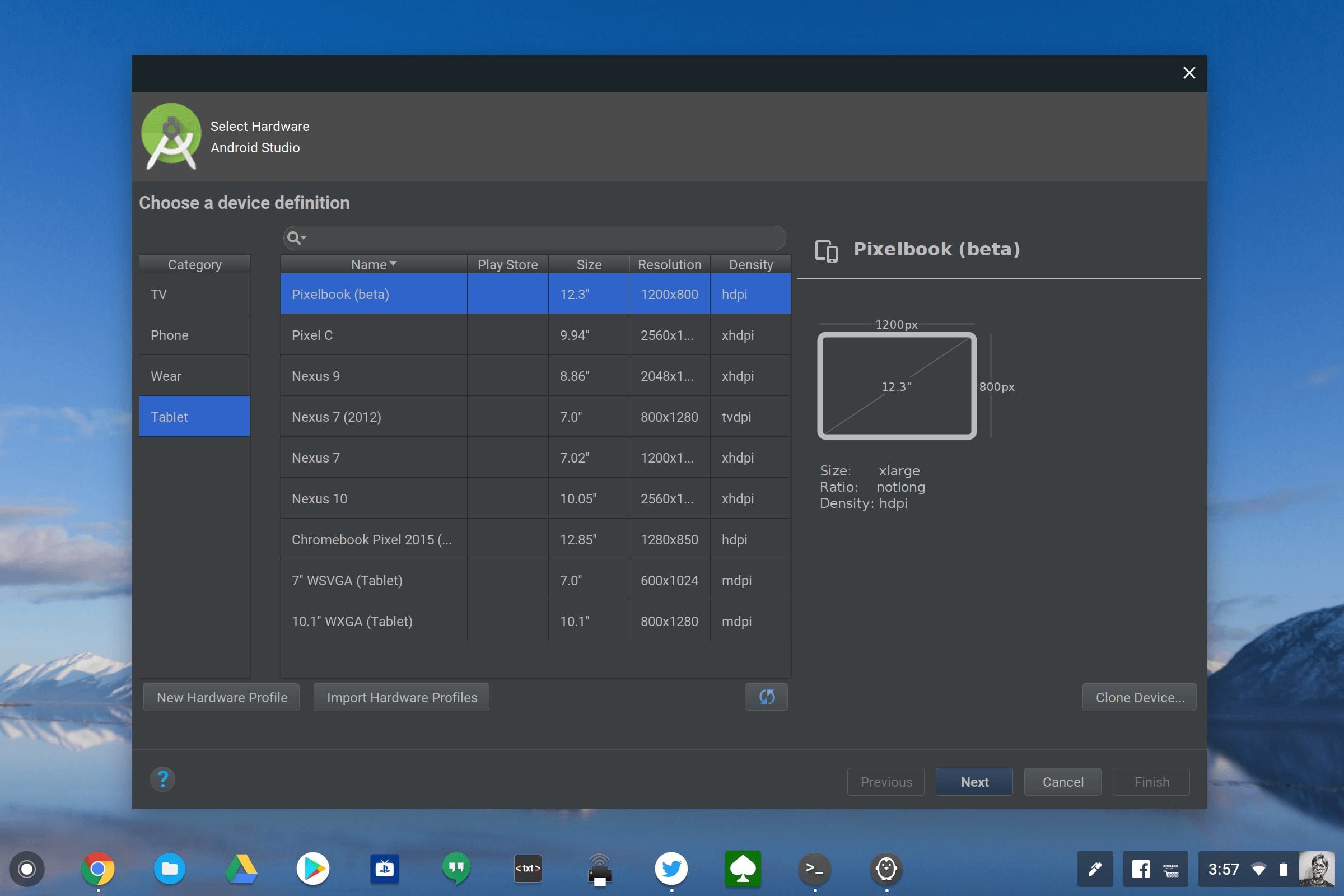

In the System Properties window, click on the Environment Variable button appearing at the bottom of the window.Ĥ. Open the start menu, search for Environment Variables and open it.ģ. Now, click on the address bar and copy the folder path.Ģ. Just like before, go to the Emulator folder in the Android SDK folder. Follow the below steps to add Android emulator to Windows path.ġ. That way, you don’t have to go to the SDK folder manually just to launch the virtual device. However, if you are going through this procedure frequently, then you can make your life easier by adding the Emulator folder as an environment variable to the Windows path. If you only launch AVD manager without Android Studio occasionally, then the above method is good enough. (Optional) Add Android Emulator to Windows Path If you do, the device will be turned off. You can access all the settings of the virtual device too.įinally, do not close the PowerShell or Command Prompt window while the virtual device is running. After building well see the app launched. Next, lets use the following command to launch the app: tns run android -device emulator-5554. As soon as you execute the command, the AVD manager will launch the virtual device.Ħ. By using one of above commands we can know a Device Identifier for launching the app on emulator. Then create a new virtual device using avd manager.
How to use android studio emulator download#
Don’t forget to replace with the actual device name you got from the above command.\emulator.exe -avd " "ĥ. Use the SDK manager to download a system image of Android for the x86 system. Now, execute the below command to launch the virtual device. In my case, there is only one virtual device.\emulator.exe -list-avdsĤ. So, execute the below command and it will list all the devices with their names. To launch Android emulator, we first need to know the name of the virtual device.

How to use android studio emulator windows 7#
Note: If you are using Windows 7 or 8, you will Open Command Prompt Here option, select it.ģ.


 0 kommentar(er)
0 kommentar(er)
